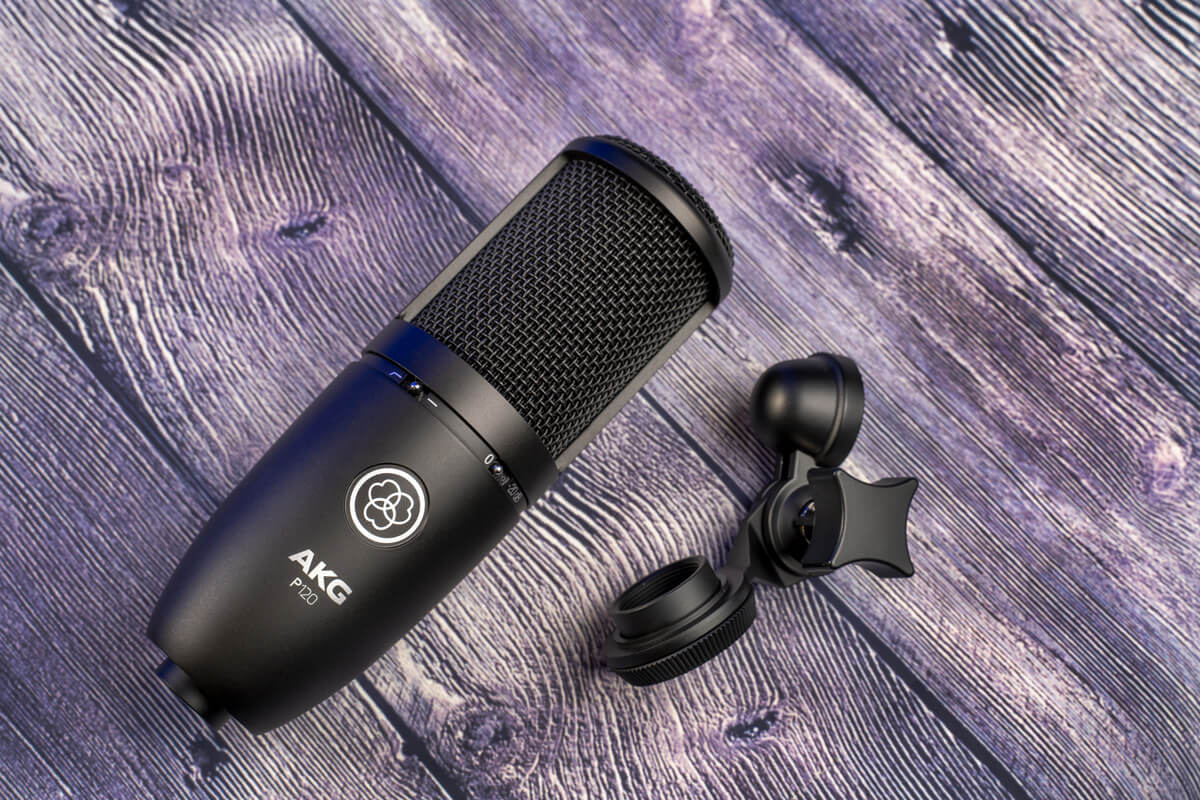For collectors and audiophiles alike, vintage AKG microphones hold a special allure. These retro beauties not only capture a piece of history but are also testament to the innovation and quality that have made the brand a mainstay in audio tech. Whether it’s the warmth of a classic sound or the unique character of an older model, vintage AKG microphones offer an irreplaceable element to recordings and collections. In this guide, we’ll dig into the nuances of hunting down and using vintage AKG microphones, exploring the characteristics that make these mics so sought-after and giving essential tips for integrating them into modern setups.
The Appeal of AKG Classics
The Charm of Sonic Character
Vintage microphones from AKG are cherished for their distinctive sonic character. Over time, components like capacitors and resistors can alter sound subtleties. This aging process can often lead to a warmth and richness that modern microphones struggle to emulate. The AKG C12, for instance, is renowned for its smooth, full-bodied response, making it a Holy Grail for vocal recordings. Collectors and audio engineers covet these microphones for their ability to capture this signature sound that can make a recording stand out.
The Legacy of Craftsmanship
Beyond their sonic characteristics, vintage AKG microphones are also prized for their craftsmanship. In an era where mass production has become the norm, the meticulous hand-assembly and attention to detail present in older models are a rarity. The solid construction and durable materials used in the past result in microphones that, with proper care, continue to function reliably decades after their manufacture. The aesthetic of vintage design, with sleek lines and classic logos, often adds to the allure for collectors.
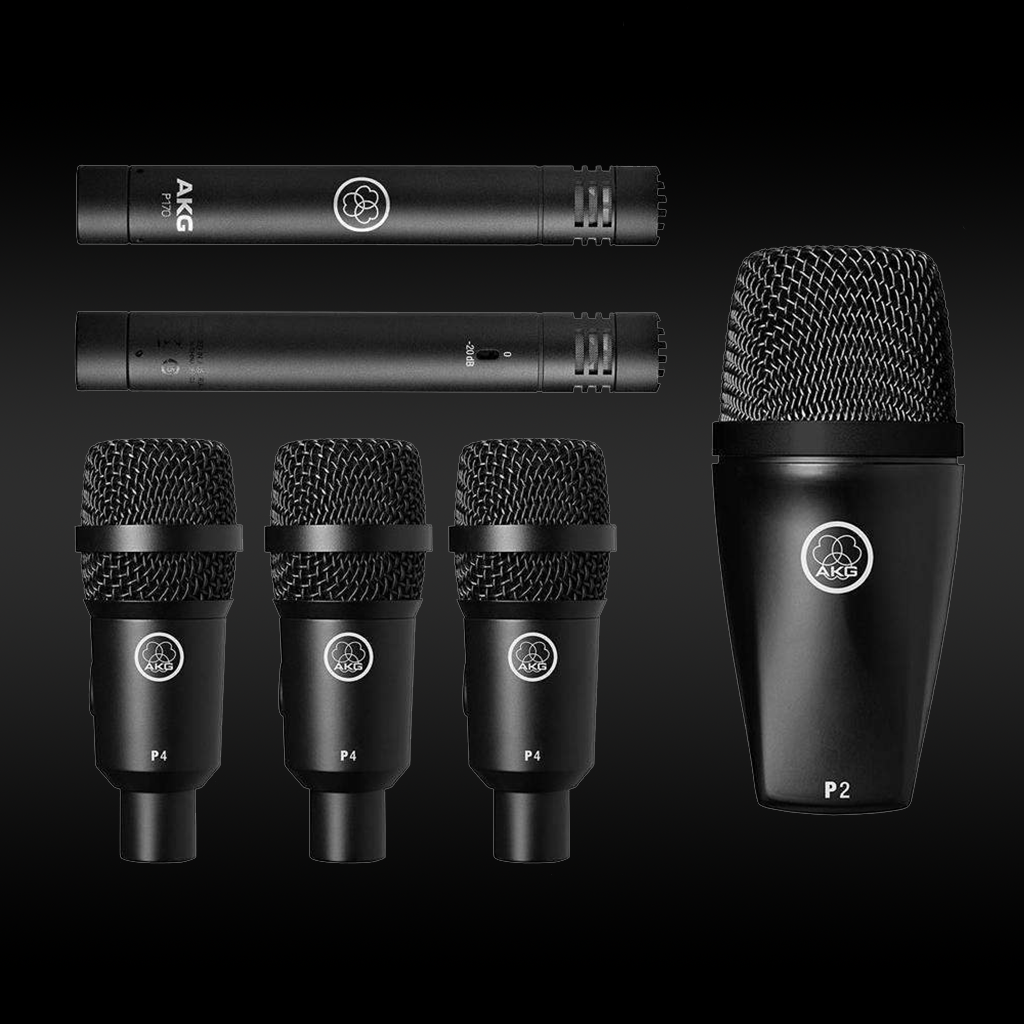
Caring for Vintage AKG Microphones
Understanding and Maintenance
The key to preserving vintage AKG microphones lies in understanding the craftsmanship and providing proper maintenance. Collectors should become familiar with the materials and electronics typical of the era to properly care for these pieces. For example, replacing a tube in the C12 requires not just a compatible tube but one that complements the microphone’s original characteristics. Routine cleaning, careful handling, and controlled storage conditions all play a part in maintaining these microphones’ longevity and performance.
Repairing with Fidelity
When dealing with vintage equipment, repairs are inevitable. However, it’s crucial to preserve the integrity of the original design. Using period-correct parts or sourcing from specialized dealers who understand vintage specifications can make all the difference. It might mean paying a premium for an appropriate ribbon or transformer, but the fidelity to the original sound makes it a worthwhile investment for serious collectors and professionals.
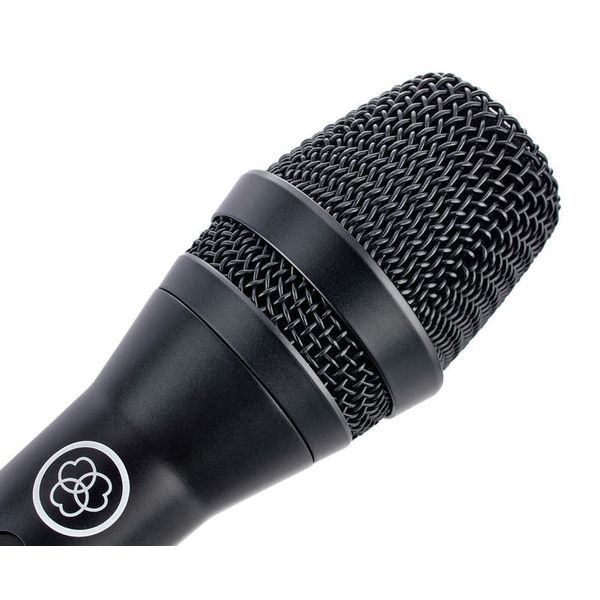
Integration into Modern Setups
Balancing Vintage Warmth and Contemporary Clarity
Marrying classic sound with modern clarity is an art. Recording engineers often use vintage AKG microphones in conjunction with modern preamps and interfaces to achieve a balance. The result is a sound that boasts historical warmth and texture alongside the pristine definition expected in today’s digital recordings. For instance, pairing a vintage AKG C28 tube microphone with a state-of-the-art audio interface can yield a sound that’s both classic and contemporary.
Overcoming Technical Challenges
Integration also involves overcoming technical challenges. Vintage AKG microphones might require different power sources or connectors incompatible with modern equipment. Adapters, power supplies, or even custom cabling may be necessary. It’s important to consult with audio technicians experienced in vintage gear to ensure these adaptations do not compromise the microphone’s performance or cause damage.
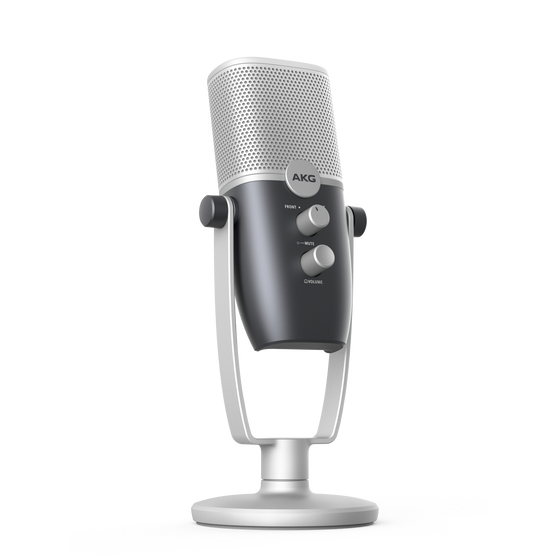
Where to Look and What to Look for
Sourcing Vintage Treasures
Finding vintage AKG microphones can be as thrilling as it is challenging. Auctions, estate sales, and specialized online marketplaces are fertile grounds for discovering these treasures. Networking with other collectors and joining online forums can lead to valuable leads and opportunities. Often, the best finds come from building relationships with sellers known for their reputable collections of vintage audio equipment.
Evaluating Your Find
Once you’ve located a potential vintage AKG microphone, thorough evaluation is paramount. Check for signs of damage or modifications that might affect the microphone’s functionality and value. Test the microphone, ideally with your own equipment, to assess its working condition. Collect documentation, like serial numbers and original manuals, which can be essential for validating the microphone’s authenticity and age. Lastly, consider the maintenance history, as a well-cared-for microphone is more likely to perform reliably and retain its value.
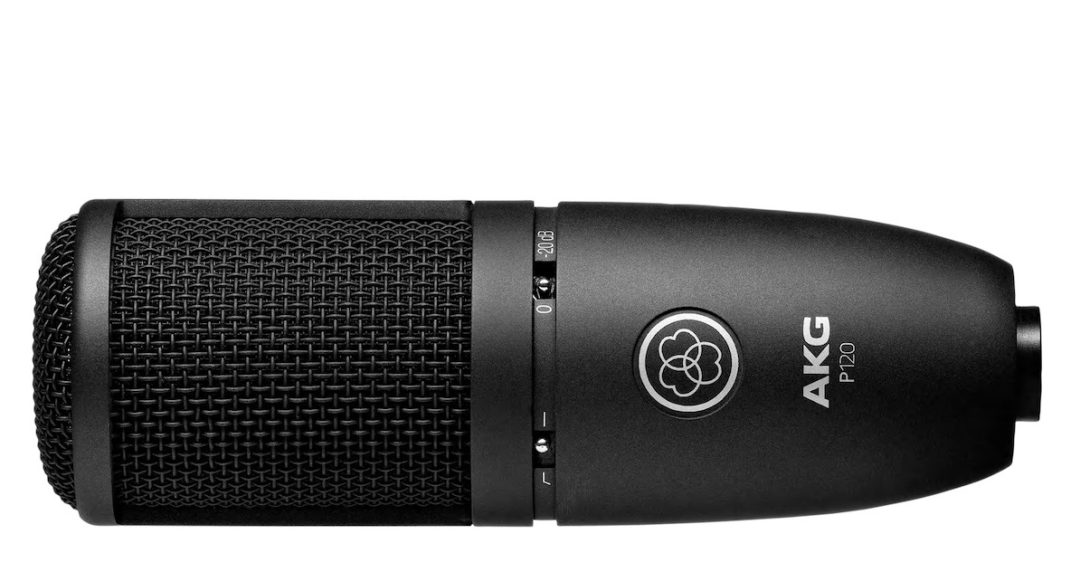
The purchase of a vintage AKG microphone often represents a significant financial investment. Prices can vary widely, influenced by factors such as condition, rarity, and historical significance. An original AKG C12, for example, commands a high price due to its iconic status and limited availability. Before committing to a purchase, it’s important to gauge the market and consult price guides to ensure you are paying a fair amount. Networking with other collectors can provide insights into current trends, ensuring you make an informed decision that balances the microphone’s value against its price.
Bringing History Back to Life
Upon acquiring a vintage AKG microphone, a collector may choose to undertake a restoration process to bring the equipment back to its former glory. This process should honor the original construction and tonal qualities of the microphone. Skilled technicians who specialize in vintage audio equipment can provide the expertise required for such a delicate restoration, knowing how to source authentic parts and implement them without altering the microphone’s essence. Through restoration, a collector not only preserves the microphone’s functionality but also contributes to the legacy of high-fidelity audio for which AKG is known.
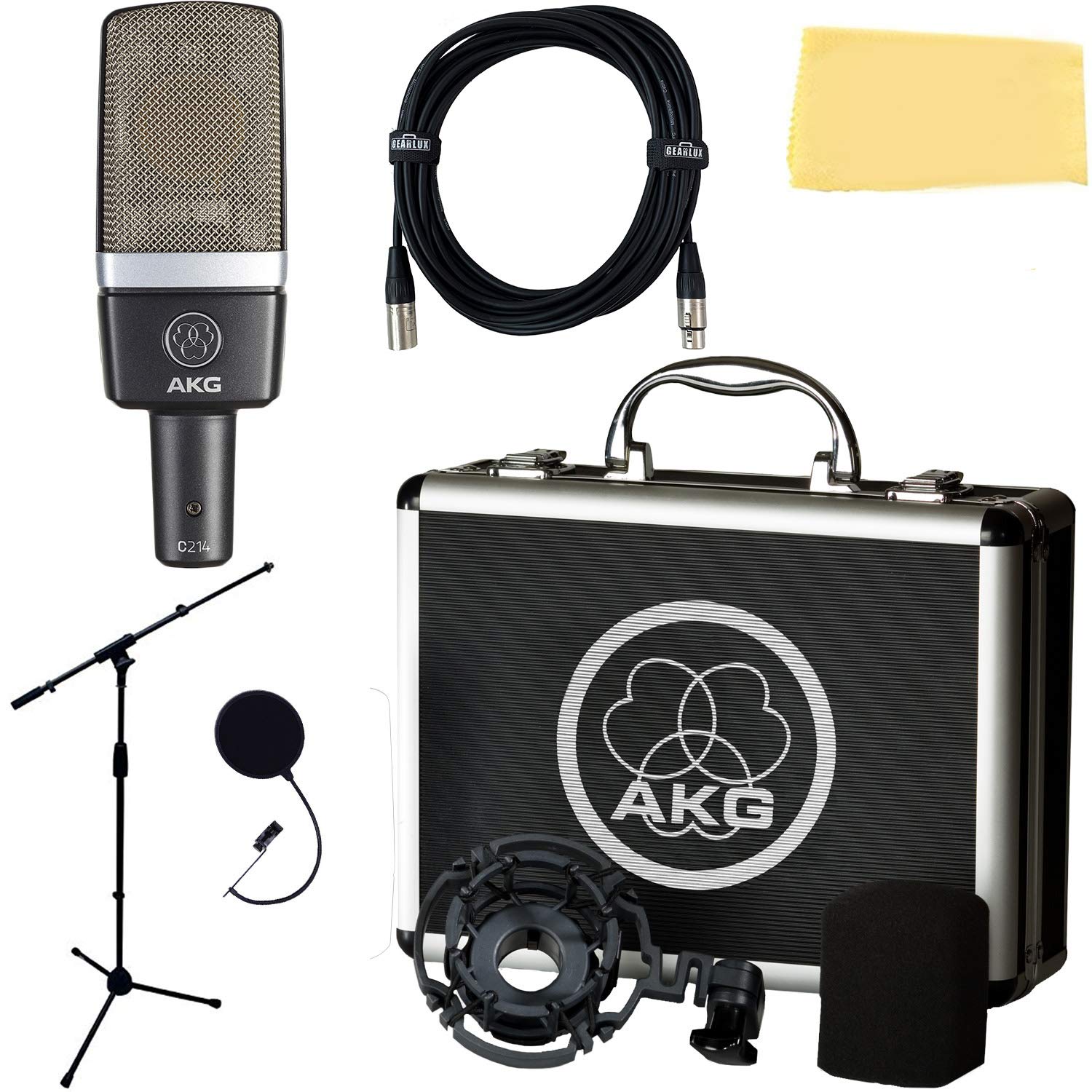
In conclusion, adding vintage AKG microphones to a collection or using them in current projects is both a commitment and a love affair with audio’s past. With each model comes a unique set of considerations – from the initial hunt and evaluation to the intricate process of care, maintenance, or even restoration. Through understanding the ins and outs of these vintage treasures, one can unlock the warmth and character that modern recordings often yearn for, thereby keeping the rich history of audio excellence alive for future generations to cherish and enjoy.
